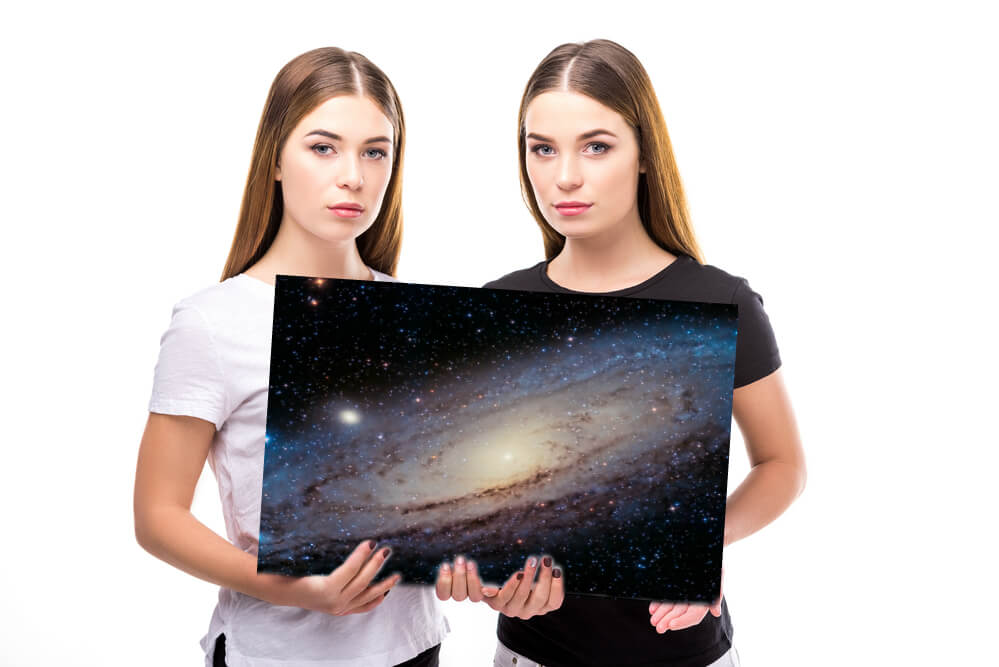Sounds like a beginning of a dirty joke, doesn’t it?
Don’t worry, we are not going to talk about alko-cruises between Helsinki and Tallinn. Close relationships between the two are becoming closer and more connected via projects like Talsinki. Both countries have a lot in common – national anthem, resembling mentality, similar language, advanced digital society, just to name a few. But do you know what else is fascinating? For quite some time the space activities in both counties were run by students.
The first Estonian satellite ever launched to space was Estcube-1, and it was the first satellite in the world to attempt to use an electric solar wind sail (E-sail). Estcube mission started in 2013 and by its end in 2015 and it brought Estonian academia 29 bachelor’s and 19 master’s dissertations, 5 doctoral theses, 4 start-ups and a marriage proposal. Unfortunately, we don’t know whether the latter endeavor was successful, but the success of the Estcube gave Estonian spacetech scene a powerful boost.
While Estonians acquired a membership at European Space Agency and started to raise money for the second satellite, the Finns were making final preparations for the Aalto cubesat launch. But just the launch was postponed several times, until 2017. Aalto-1 reached the orbit in April 2017, and the launch of Aalto-2 followed a few months after, in June. We don’t know if the two launches resulted in any marriages, but definitely produced babies – Finland gave birth to quite a few promising companies, Reaktor Space and Iceye. The latter placed its first SAR Microsatellite Iceye-X1 into orbit in January 2018.
As we can see, both have an irrepressible and unprecedented passion for space. And there are even more opportunities for turning passion into a profitable venture.
At the moment, Finnish and Estonian ESA Business Incubation Centres run an open call for applications. So if you are into space tech and interplanetary future of humanity, now is the time to act.
Don’t get by away “this is rocket science” and “I am not Elon Musk” kind of excuses. The scope for space applications is quite broad. ESA BICs welcome ideas and business models where space technologies and data find its application in navigation, robotics, nanosats, virtual and augmented reality, autonomous driving, self-navigating and self-flying devices, ships and vehicles, novel materials, Artificial Intelligence, innovations for environmental conditions, gaming, just to mention a few. Plus, you will get up to 50,000 euros in funding, ESA IPR consulting and mentor support for the course of the program.
All you need to do is to submit your idea here (mina osalen!) or here (kyllä, mukana!) by March 8th.
More information about ESA BIC network here.





